Ping shark tracking stations are being placed around New South Wales. Two are currently active, one at Clarkes Beach in Byron Bay and a second at Sharpes Beach, Ballina.
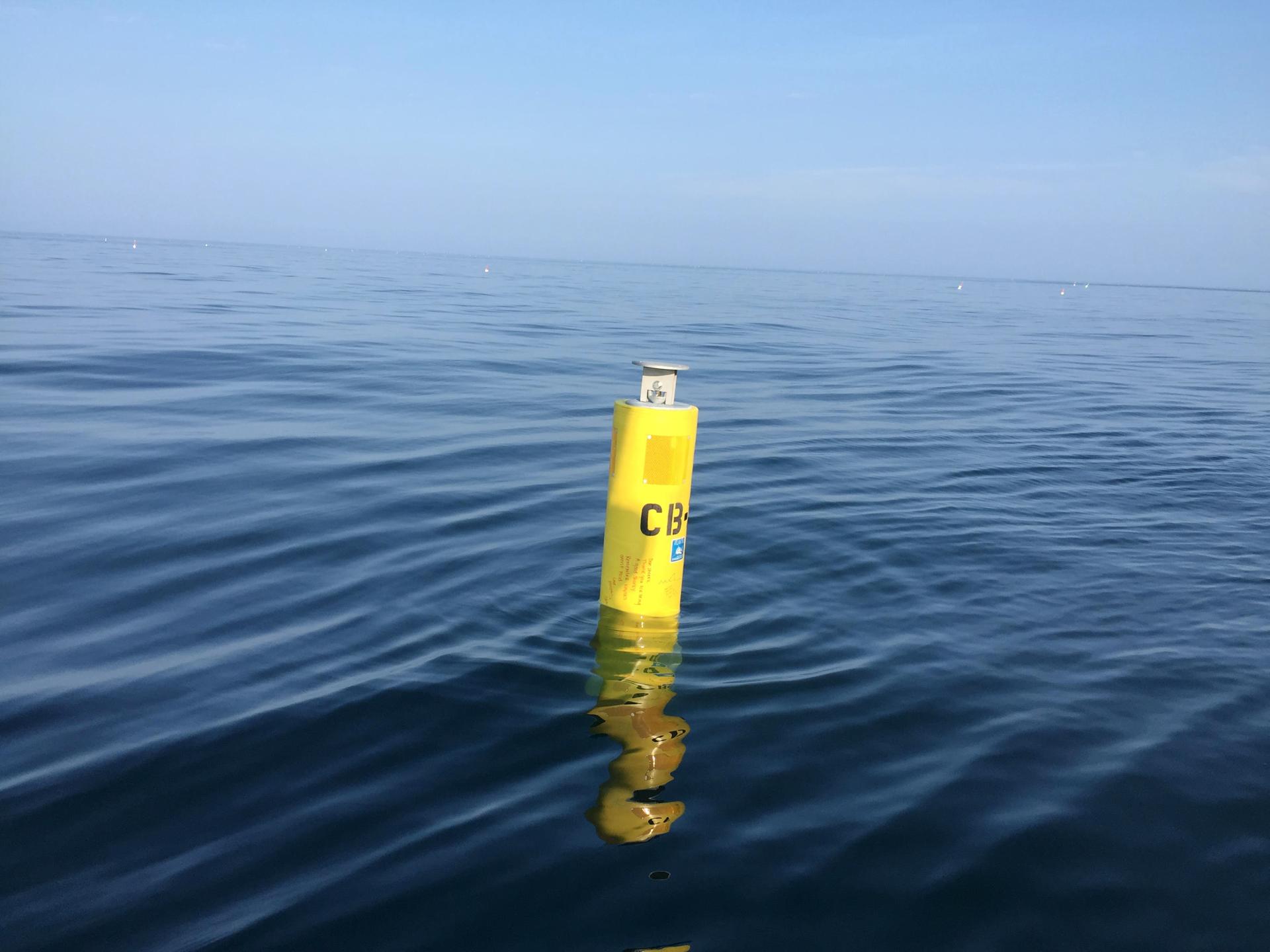
The stations are designed to pick up special frequency’s emitted from sharks that have been implanted with special acoustic tracking devices. When a shark with the implanted device swims by the buoy a receiver will record the data and alert monitoring crews to the shark’s presence. The information will identify the species of the shark and allow those monitoring the data to decide whether the water near the area should be cleared.
The listening buoys are supposed to pick up tagged sharks that swim within 500m (1640ft) of the buoy. I assume that the data will be live tracked and a crew will be watching the information in real time, however I have been unable to confirm this.
According to The Australian, the Department of Primary Industries has tagged 40 bull sharks and 14 white sharks. The listening station will pick up any shark with an acoustic tag as more sharks have been tagged by other groups.
As with any shark deterrent, results are not guaranteed. Along those same lines, no person can determine with certainty whether a shark will bite a human. I assume that if a large enough tagged shark pings, then the waters will be cleared. Additional support could be requested such as an aerial patrol or a drone, to see the behavior of the shark. Given aerial patrols only work if you can see the shark from the surface of the water.
The Gold Coast Bulletin reports that the
“NSW goverment is refusing to warn swimmers and surfers at its northernmost beaches of maneaters lurking near them in the water.”
It also quotes a department spokesman saying “The Department of Primary Industries does not manage or record all shark sightings…If people see a shark and are concerned for public safety, they are encouraged to contact the local police station or tell a lifesaver or lifeguard.”
The article goes on to say that it is possible the government is attempting to prevent a shark scare from reported shark sightings. The ocean driven economy of coastal towns drops anytime there is a negative shark encounter. If more sharks are spotted fear could drive away tourists and their dollars. Not to mention adding fire to the cull debate.
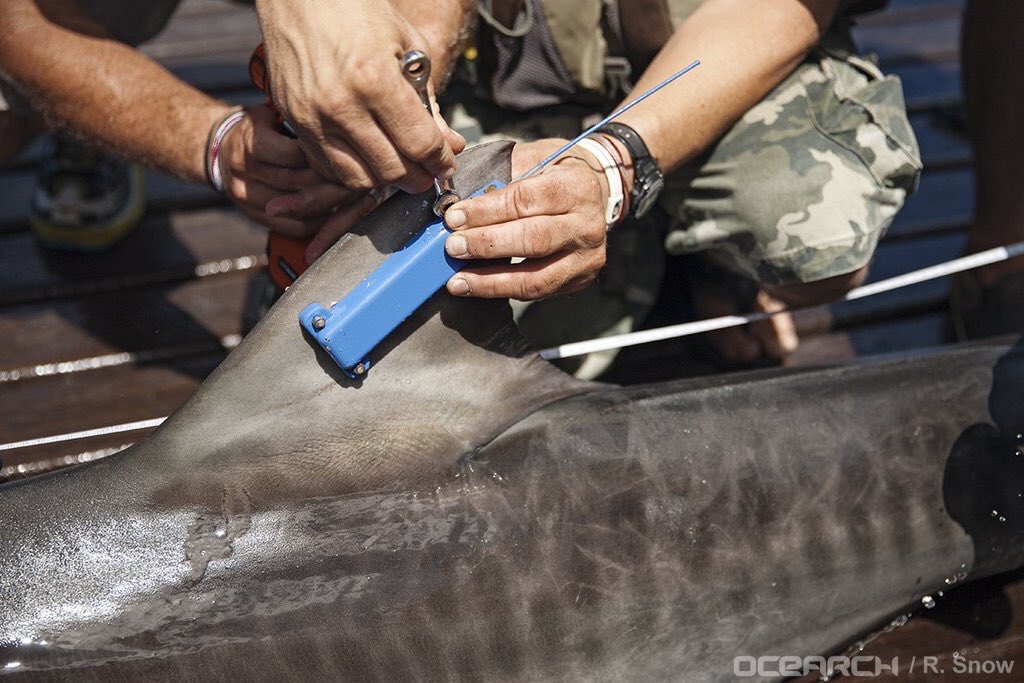
On a personal note I was shocked when OCEARCH visited Australia to tag sharks and was not permitted to tag great white sharks. Though they are a protected species, the government still catches and tags them.
So why not let OCEARCH? Could it have been because they did not want to alarm the public? Following the path of a large white shark that may swim close to the beach, could scare away beach goers.
Live tracking a great white every time its fin breaks the surface has done wonders in the United States. In my opinion it has done more for increasing understanding and acceptance of sharks than to protect any beaches, though it could be used for both, at least in theory.
The government has a tough balancing act to perform. They have to find a way to protect people, sharks and tourism. So far they have allotted $16 million towards management strategies and are still trying to figure out what works.
What do you think? Let us know in the comments or on Facebook.
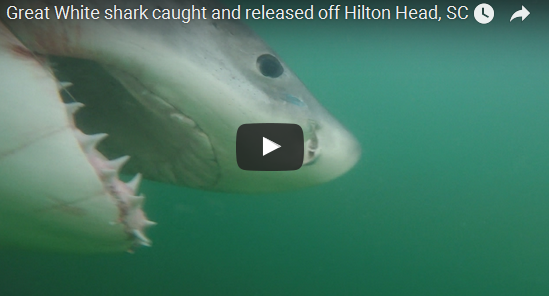
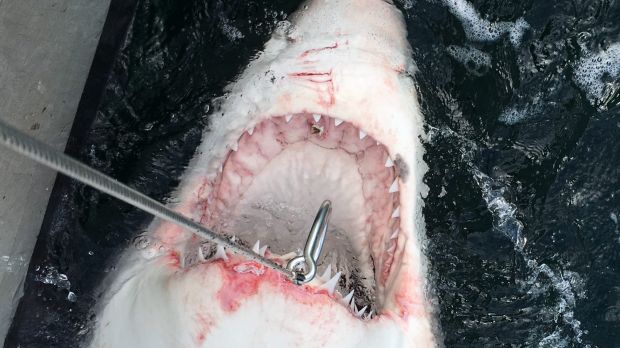
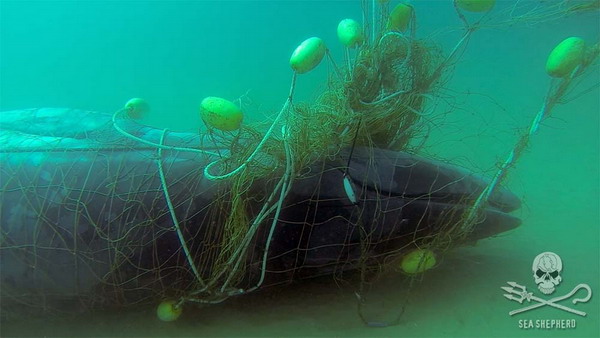
Thank you for sharing your info about what they are trying to do. I really appreciate your efforts
the whole situation is not been handle properly.
I wish to say that this write-up compelled me to reconsider what Primary Industries really wants us to know.
Your theory is valid and surprises me that I now agree.
Quite a great article.
I think you are spot on about the Government not wanting to alarm the public.
We have been trying to get access to this data (tagging, sonar etc) for our own Dorsal public shark alert system but they essentially just shut us down or blatantly ignore us.
We will continue to push them to make that data publicly available but I wouldn’t hold you breath. 🙂
The thrust of your article is spot on; I read it twice.
Science based shark management and public education are in my mind the best course of action in protecting people and sharks.
I was banged on my right leg (probably by a bull shark) whilst fishing at 2am on a falling tide in Falmouth, Cape Cod, MA.
Since that time I have not willingly set my big toe into salt/tidal water but have had an elevated interest in these creatures ever since.
Thank you for your outstanding work.